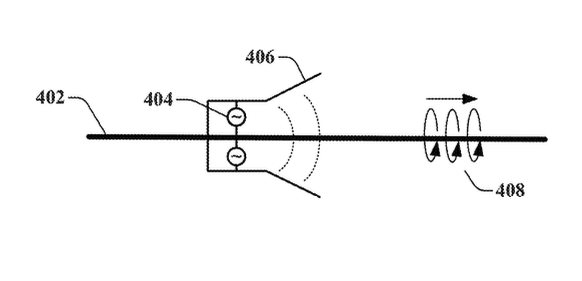This week AT&T disclosed plans to field trial a novel approach to achieving multi-Gbps wireless transmission and last mile delivery. Branded AirGig, the system utilizes the transverse magnetic (TM) mode as a surface wave propagating along power lines. The surface wave can be launched onto the existing power grid, exhibits low loss, and supports millimeter wave transmission, so it can carry multi-Gbps data rates. Propagation occurs with both overhead and buried power lines.
During a press call, John Donovan AT&T’s chief strategy officer, emphasized, “It doesn’t work through the power lines, it’s a wireless technology that delivers over the power lines.”
As envisioned, the power lines would guide the millimeter wave signal, with the power line poles hosting
- repeaters, for regenerating the AirGig millimeter wave signals,
- small cells, for converting AirGig signals to cellular or Wi-Fi, and/or
- millimeter wave transmitters for providing broadband fixed wireless services to nearby homes or businesses.
The millimeter wave repeaters could also be mounted on the power line and powered through inductive coupling to the power line.

To minimize cost, the R&D team has developed plastic antennas.
During a call with the press, Donovan described the system.
Using the existing power grid avoids the expense and time required to build new towers and string fiber — challenges that appear to have Google Fiber exploring wireless approaches to providing broadband to the home.
In developing the AirGig concept, AT&T has filed or received more than 100 patents.
AT&T plans field trials in 2017 and is identifying a location that has both favorable regulation and a cooperative utility. The novelty of the concept means it is not on industry roadmaps, another step required for widespread adoption.
